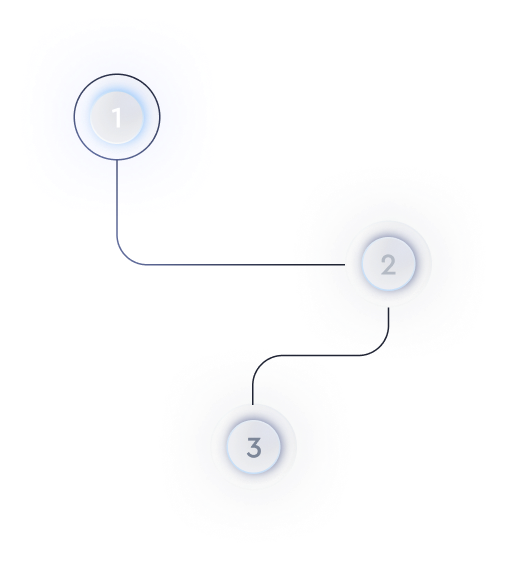How can I optimize images to improve conversion rates on my website?
In today’s digital landscape, the importance of visuals cannot be overlooked, especially when it comes to enhancing your website’s conversion rates. Images not only capture attention but can also influence purchasing decisions. Optimizing these images effectively can significantly improve your site's performance and conversion rates.
Image Quality and Relevance
Ensure that your images are of high quality and are relevant to your content or product. High-quality images make your website look professional and increase user trust. While optimizing for clarity and relevance, consider the psychological impact of your images.
- Use high-resolution images: High-resolution images are more likely to catch a user's eye and hold their attention.
- Align images with your message: Make sure every image used aligns with what you're trying to communicate or sell on your website.
Image Compression
One of the most important aspects of image optimization is compression. This reduces the file size of images without a noticeable loss in quality, ensuring faster load times.
- Choose the right format: Consider using JPEGs for photographs and PNGs for images with transparency or when you need a higher quality image.
- Leverage tools: Use online tools like TinyPNG or software like Adobe Photoshop to compress images before uploading them to your website.
Utilize Alt Text Effectively
Alt text is crucial for SEO and accessibility. It helps search engines understand the content of your images, which can improve your site's searchability and accessibility for visually impaired users.
- Be descriptive: Write alt text that is detailed enough to convey the image’s function or content.
- Incorporate keywords: Include relevant keywords naturally to improve SEO without overstuffing.
Implement Lazy Loading
Lazy loading is an optimization technique that delays the loading of images until they are needed. This can improve page load speeds and user experience.
- Reduce initial load times: By loading only the images that are immediately visible, you reduce the initial load time.
- Enhance user interaction: Lazy loading can lead to higher engagement as users experience a faster and more seamless browsing experience.
Responsive Images
With mobile browsing now more prevalent, it's crucial to ensure your images are responsive. This means they should scale appropriately across devices for optimal user experience.
- Utilize srcset: The srcset attribute allows browsers to select the correct image size based on device display.
- Use media queries: Tailor your CSS to serve different images at different breakpoints as needed.
Test and Analyze
Finally, continuously test and analyze the performance impact of your image optimizations. Doing so helps ensure that your efforts are translating into tangible improvements in conversion rates.
- A/B testing: Conduct tests with different image types and placements to see what resonates best with users.
- Monitor analytics: Use tools like Google Analytics to track how image optimization affects your conversion rates.
By leveraging these strategies, optimizing your images can lead to improved website performance and higher conversion rates, ultimately enhancing both user experience and your bottom line.

